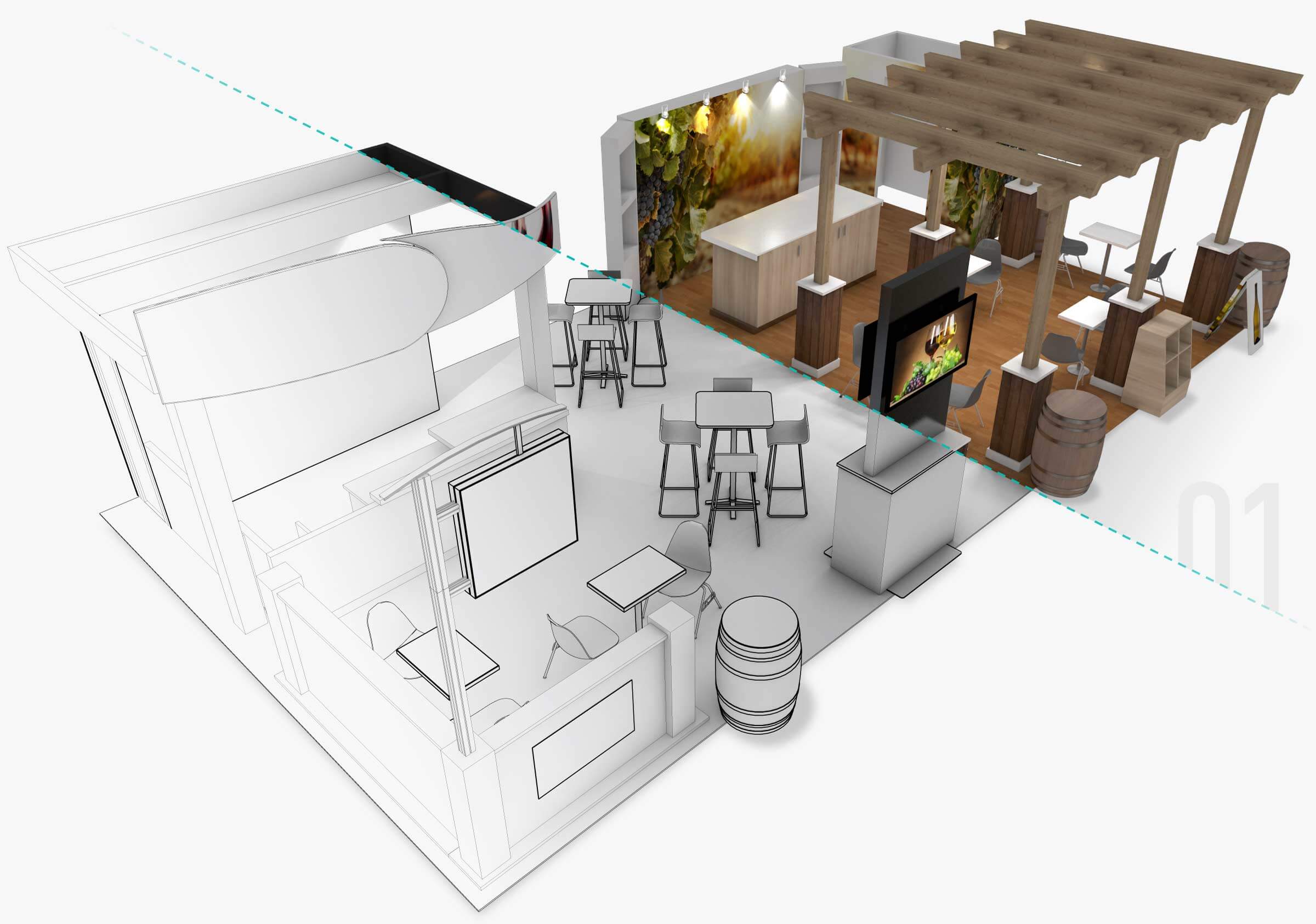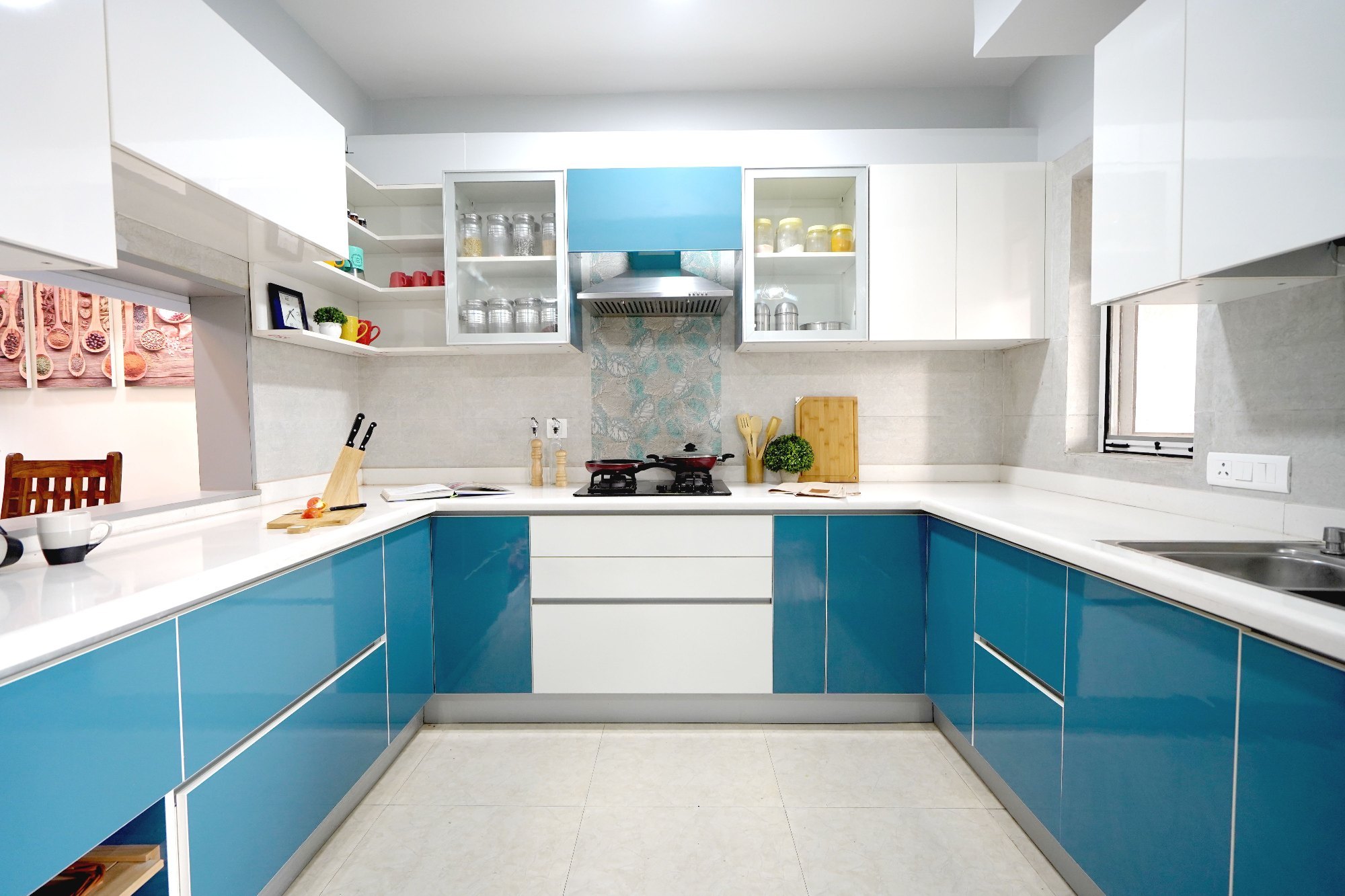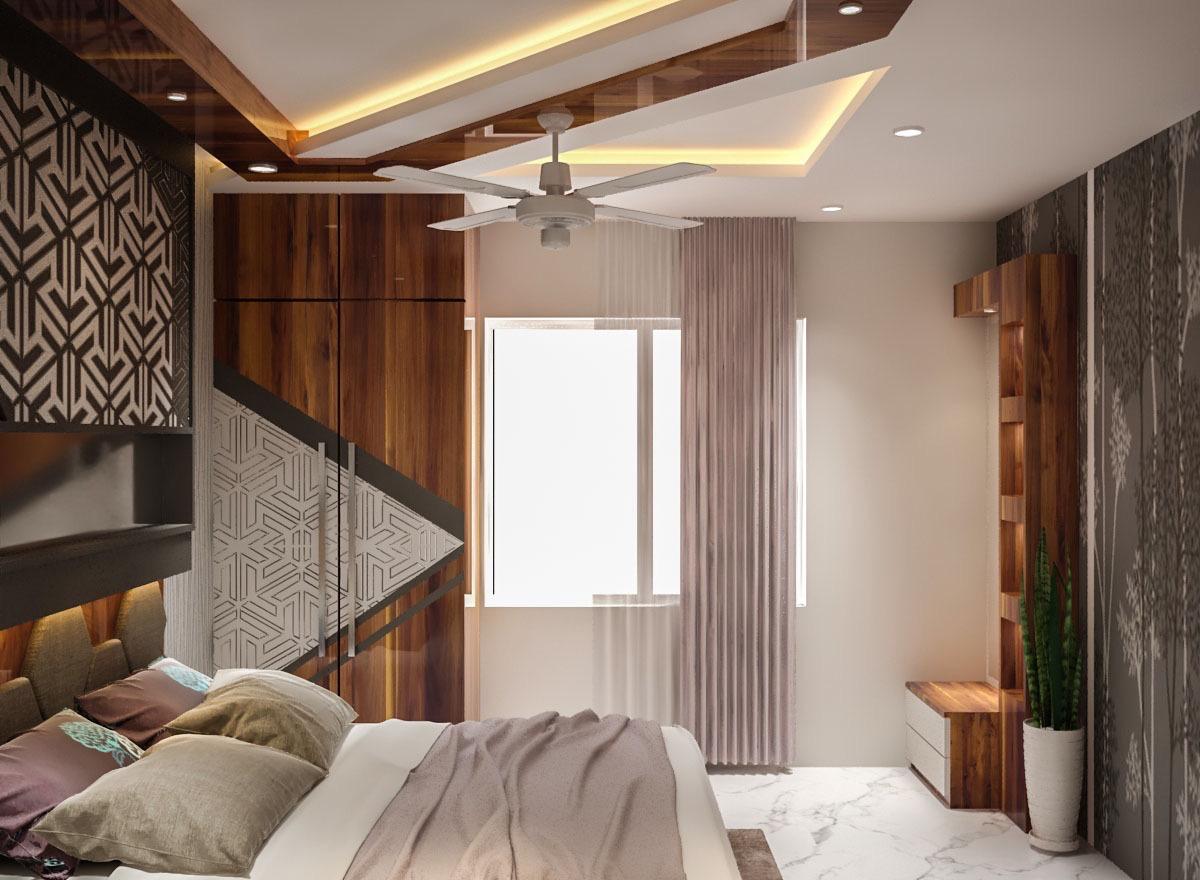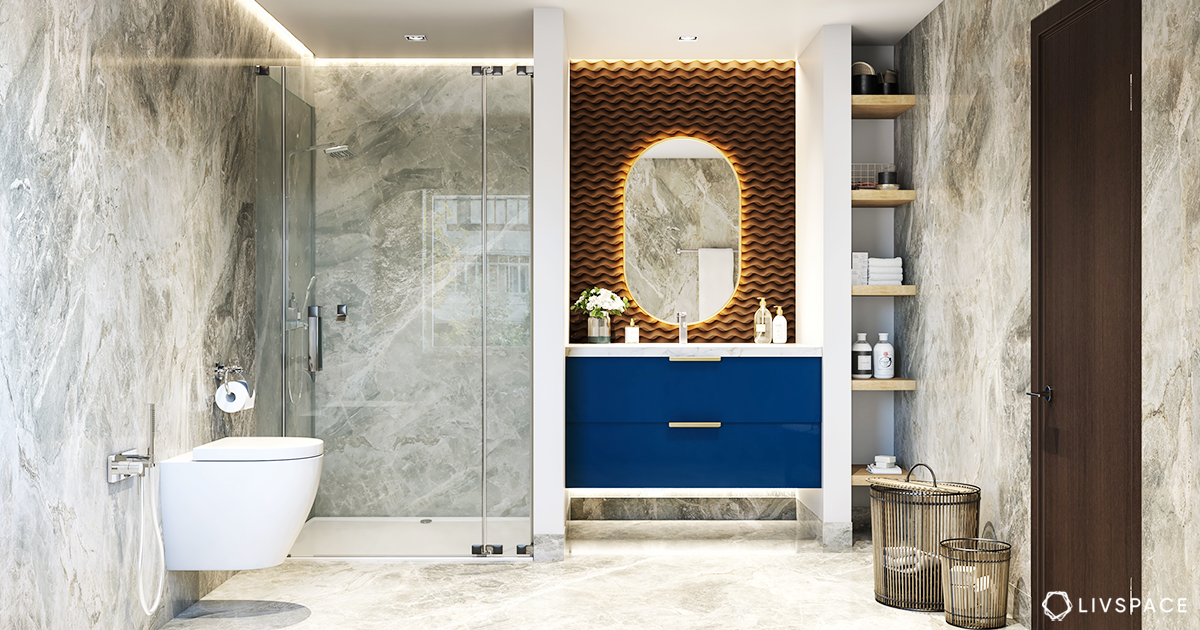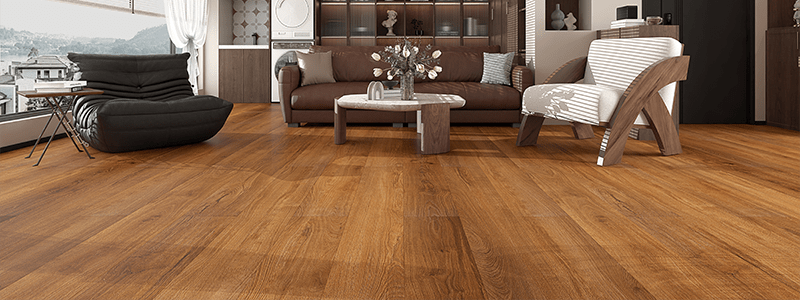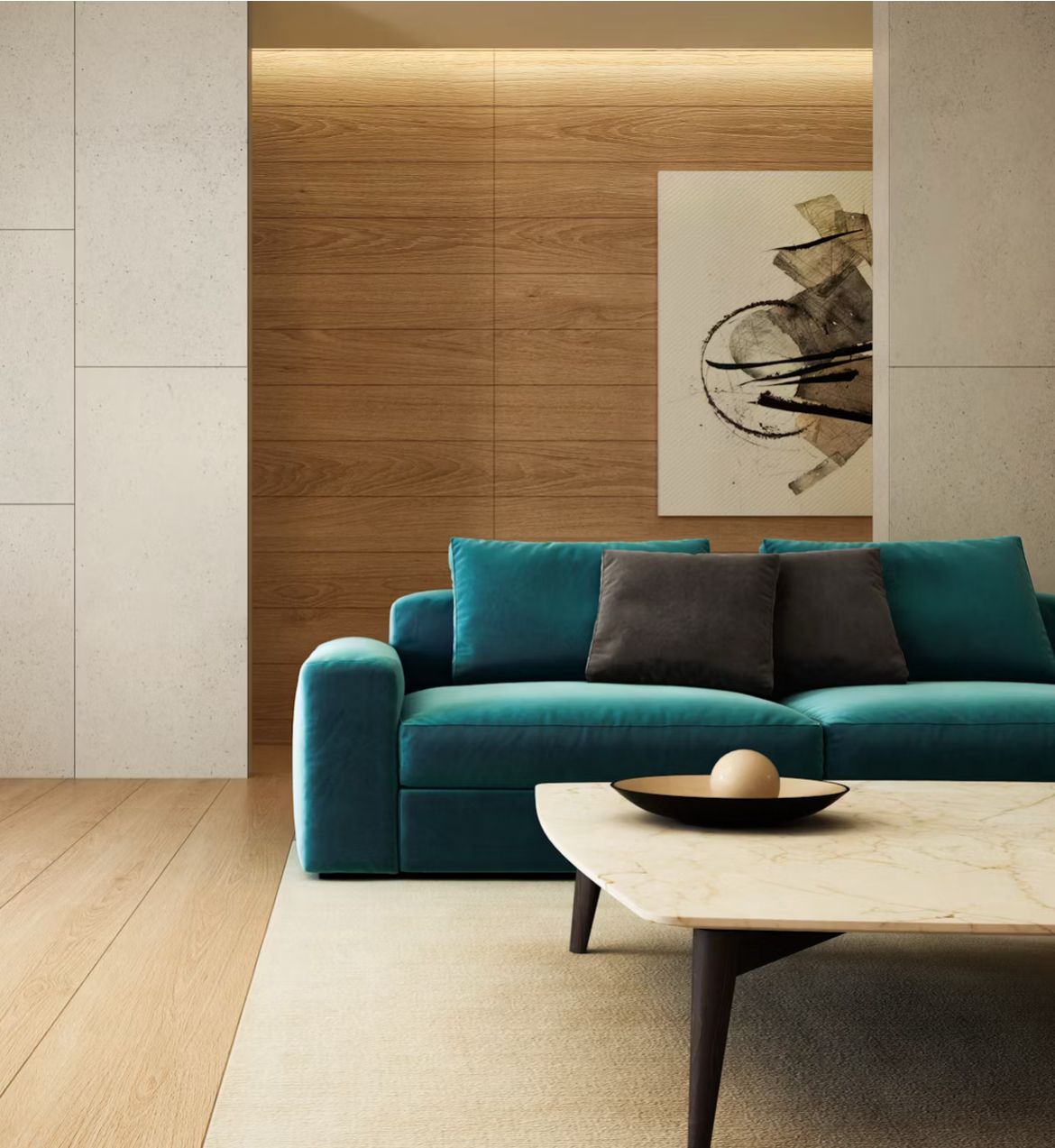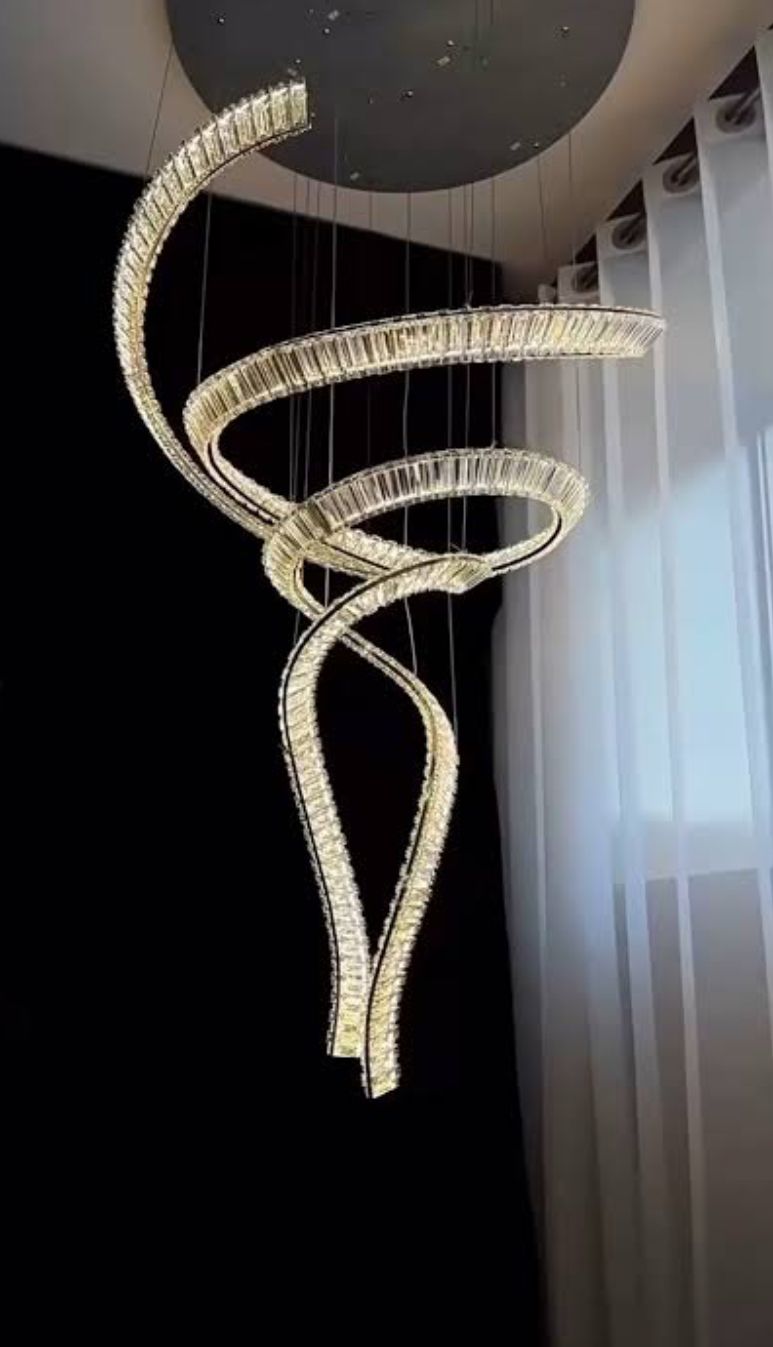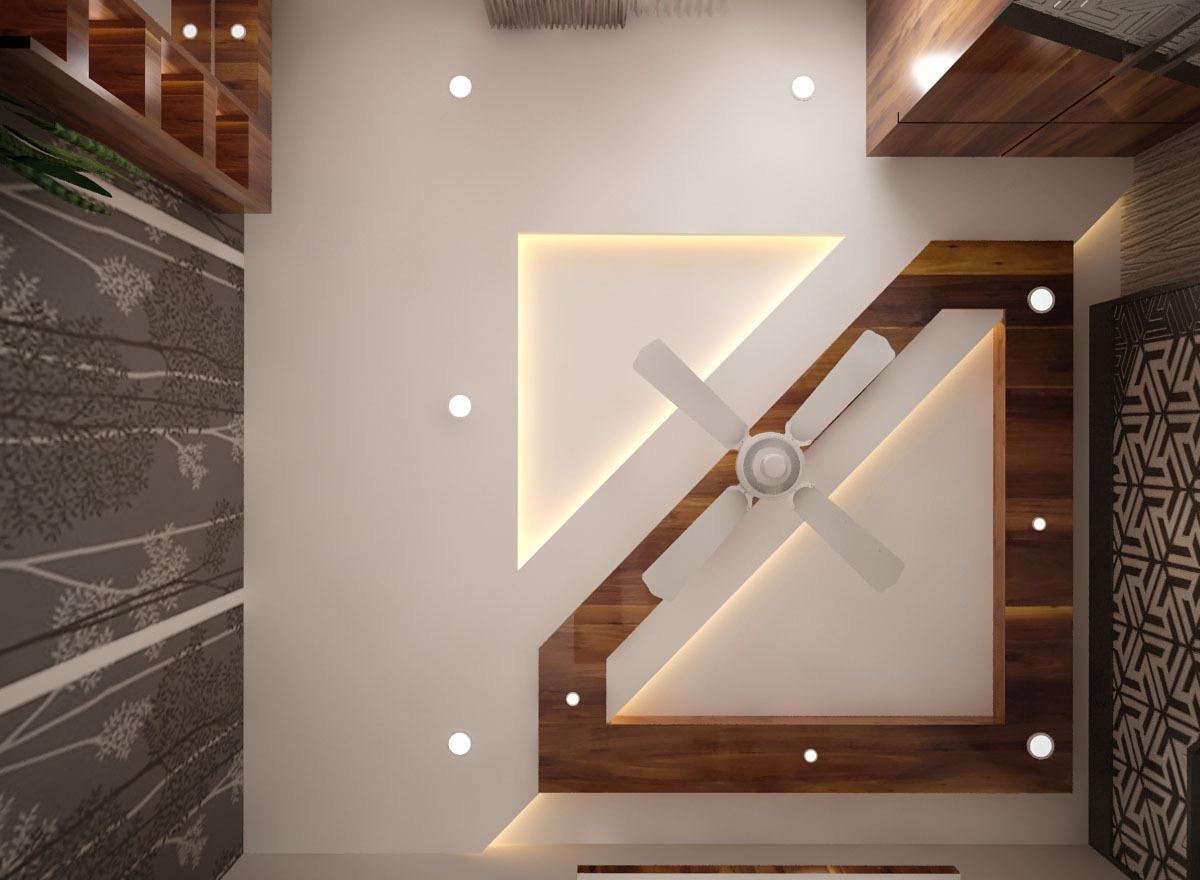
False ceiling
A false ceiling, also known as a dropped or suspended ceiling, is an architectural feature that hangs below the main ceiling structure. It is used to conceal wiring, ducts, and other utilities, providing an aesthetic and beautiful appearance
A false ceiling, often referred to as a suspended ceiling, is a secondary ceiling installed beneath the main ceiling structure. It is typically made from materials like gypsum board, tiles, or metal panels and is suspended using metal grids or rods. False ceilings are widely used in both residential and commercial spaces for several reasons. They help to conceal unsightly wires, pipes, and air conditioning ducts, improving the aesthetic appeal of the room. Additionally, false ceilings can contribute to sound insulation, enhancing acoustics and reducing noise.
Another significant advantage is their ability to improve energy efficiency. The air gap between the main ceiling and the false ceiling can enhance temperature regulation in a room, reducing the need for additional heating or cooling. False ceilings can also incorporate recessed lighting, adding a modern touch and creating a more evenly distributed illumination throughout the space. Customizable in terms of design, color, and material, false ceilings offer both functional and decorative solutions in interior design.
